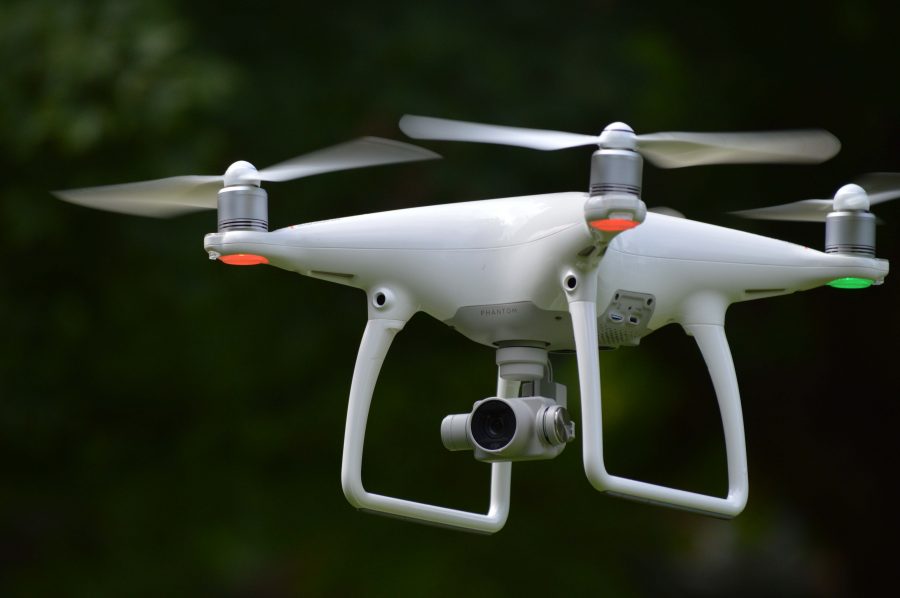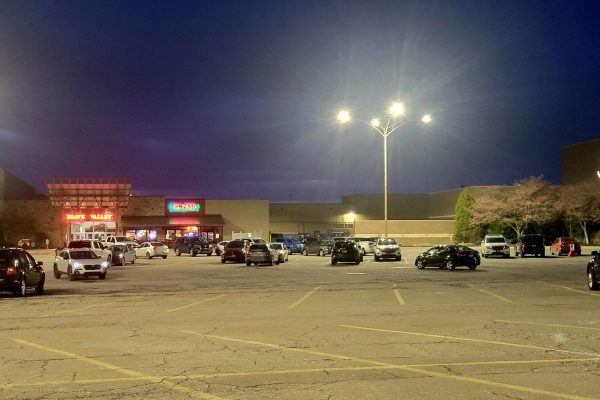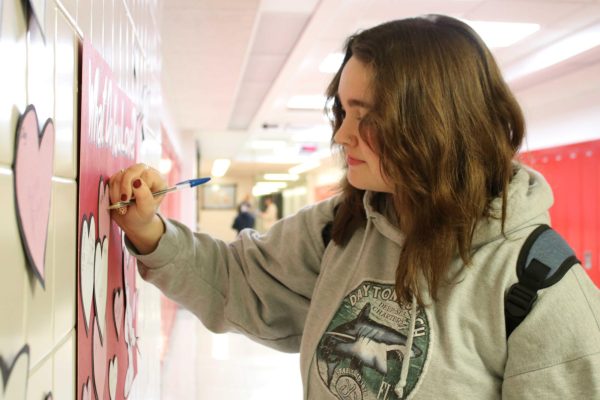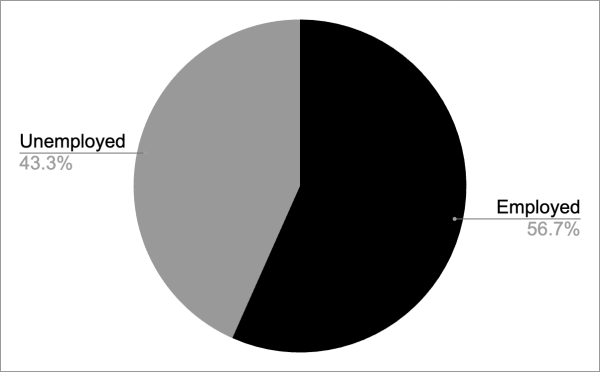Drone technology soars
Recent advancements open new opportunities
With new technology arriving onto the market all around the globe, it’s predicted that there will be upcoming job openings for operators, pilots and engineers within the next few years.
Rather than having a human pilot onboard, an Unmanned Aerial Vehicle (UAV) is an aircraft that is controlled by an operator on the ground.
UAVs have been quite the talk for some time, as the ability to attach cameras to some models being controversial among the general public. Though there are some risks with privacy, there are benefits to the endless uses for UAVs.
Researchers for drones, a more common name for UAVs, have introduced these different utilizations that help people throughout the world. Some include search and rescue for disasters, weather service missions, geographic 3-D mapping, wildlife monitoring, aerial photography and cinematography, shipping and delivery, structural safety inspections, border patrol and military use.
New regulations established by the Federal Aviation Administration were effective on Aug. 29. As stated on the official Federal Aviation Administration website, “The provisions of the new rule… are designed to minimize risks to other aircraft and people and property on the ground.” These rules include operational limitations, remote pilot in command certification and responsibilities and aircraft requirements.
A benefit to these updated rules is that a pilot can now fly a drone without the authorization of air traffic control in uncontrolled airspace.
As mentioned before, deliveries by drone are an exciting prospect to many UAV operators in the workforce. In December 2012, designers at Darwin Aerospace constructed the “Burrito Bomber,” a drone created from a Quantum RTR Bomb System with a canister built to protect burritos being delivered to customers while in the air.
The following year also made some advances when a Domino’s UK chain introduced the DomiCopter, an octocopter that delivered a Meatlovers Special. Amazon had also announced the notion of Amazon “Prime Air” later that year, attempting plans to start offering 30-minute deliveries.
A decline in delivery times and fuel costs would be advantages gained by companies using drones for shipping. Despite the progress made by the companies, the Federal Aviation Administration haven’t been quick to grant them permission, as most countries have regulations about drones for commercial purposes. Countries such as Argentina, Chile, India, Japan and Kenya currently ban or highly restrict them. Japan passed harsher laws when in April 2015, an unauthorized drone carrying radioactive material landed on the roof of Prime Minister Shinzo Abe’s office. The law that prohibits drones from areas near airports and above densely populated areas, unless granted government permission, came into effect in December the same year.
As for education in UAVs, the University of North Dakota started offering the first bachelor’s degree program in 2009. By 2013, 30 universities offered UAV degrees. Community College of Beaver County’s Flight Academy program also offers an Associate in Applied Science degree for UAVs.
Though delivery by drone is a part of a seemingly distant future, there are countless opportunities for drone-enthusiasts to fly as an employee. Nothing is set in stone, and it’s quite possible that the future will bring additional job openings for UAV pilots.













